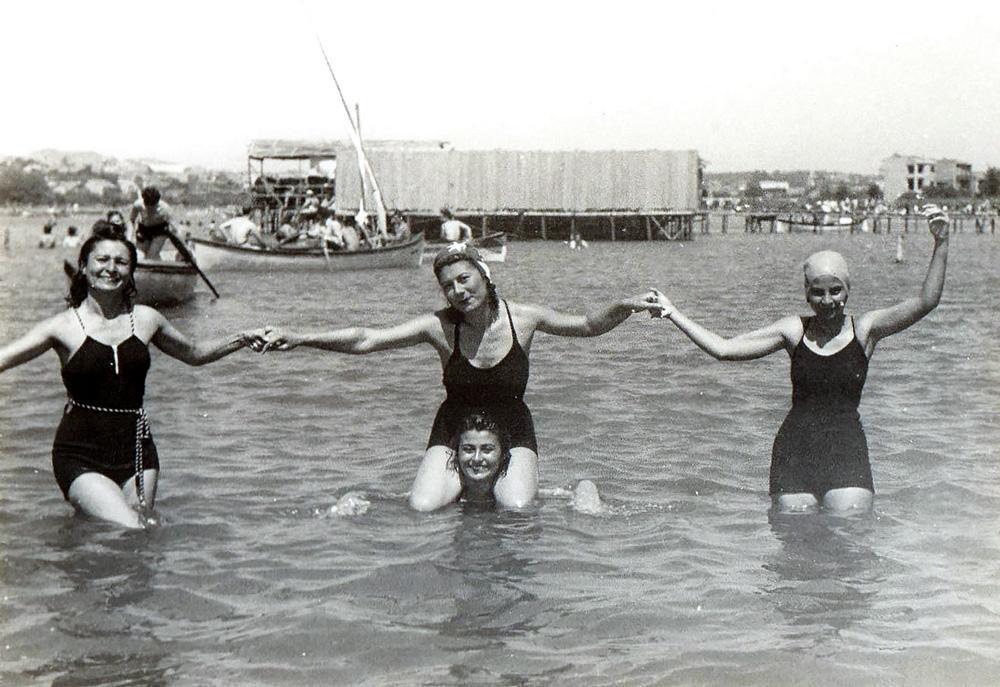Pera Museum presents beach nostalgia
ISTANBUL

The Pera Museum and Istanbul Research Institute’s collaborative exhibition “Istanbul’s Seaside Leisure: Nostalgia from Sea Baths to Beaches” opened on April 5 at the Pera Museum.
The exhibition focuses on the significant cultural and sociological transformation that took place in the 19th and early 20th centuries in Istanbul through the city’s multifaceted and unique sea culture.
“Istanbul’s Seaside Leisure” brings together photographs, magazines, comics, objects, and books from various private and institutional collections from Turkey, and tells a nostalgic story, while also addressing the change and socialization of the norms of how Istanbulites used their free time especially following the turn of the century.
Curated by historian, writer and academic Zafer Toprak, the exhibition is a documentary testament of the radical transformations in the Republic’s lifestyle. Celebrating its 10th year, the Istanbul Research Institute also features an extension of the exhibition in its gallery space.
The First World War critically shaped and transformed the Ottoman society’s relationship with the sea. Swimming in the sea, regarded as a private act, was considered wrong and even illegal for a long time.
Despite the progressive influence of the West, during the second half of the 19th century, inhabitants of a waterside city like Istanbul had “sea baths” that were enclosed with wooden panels. As secularism was embraced with the founding of the Turkish Republic, a sense of individuality grew socially visible, leading to a more intimate relation with the sea.
The change from sea baths to beaches was nothing less than a revolution. The White Russian émigrés escaping communism in Russia affected many changes in Istanbul’s social life.
The most important of these, arguably, was the introduction of a beach-going culture and seaside habits that brought people in contact with the sea. From the 1920s onwards, sea baths gradually evolved into beaches where men and women could swim together.
The inhabitants of the city soon got used to beach-going, and the activity created its own forms of entertainment, fashion and culture. Once the sea became a part of urban life, Istanbul developed a unique sense of freedom as well. The golden era of beach culture lasted until the 1960s, after which rapid social and demographic changes took their toll. In a way, the city lost its sea.
Istanbul, surrounded by seas, has been one of the most important port cities of the world throughout history. Pera Museum and Istanbul Research Institute cherish this history through this extraordinary exhibition.
Also accompanying the exhibition is an extensive publication shedding light on the public’s sea, sea faring, and sea culture in general, exploring the multifaceted and unique sea culture of Istanbul.
The exhibition can be visited through Aug. 26.
















